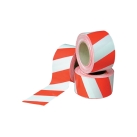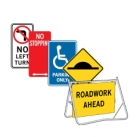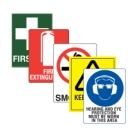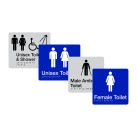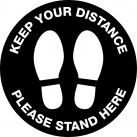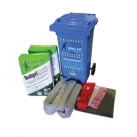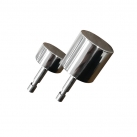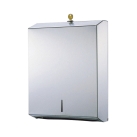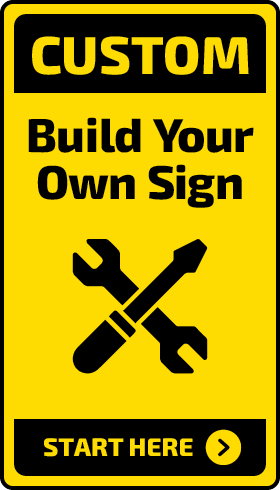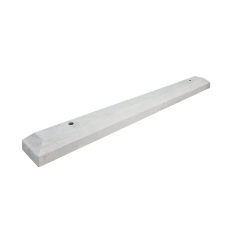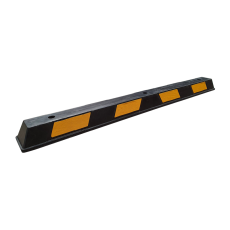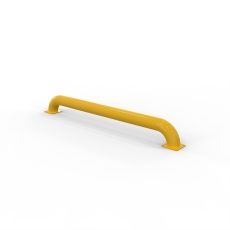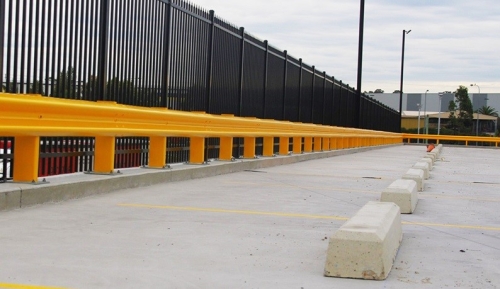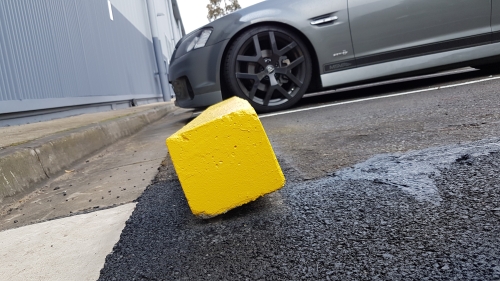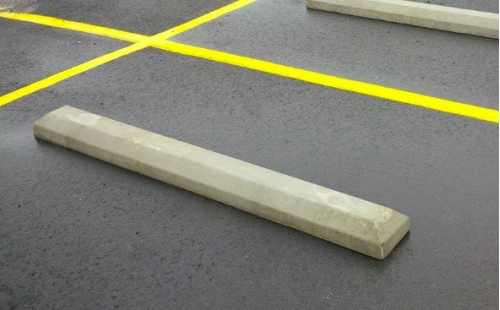Wheel Stops
Frequently Asked Questions
If the Australian standards are not met, it will diversely affect the strength and integrity of the wheel stop. If the wheel stop is incorrectly installed or non-compliant it will also void any warranty offered with the product.
The wheel stop should be placed an equal distance between the side lines of the car space. The Australian standard according to AS2890.1:2004, states the distance from the wall or kerb that the wheel stop should be positioned is as follows:
Standard Kerb (up to 150mm high) where cars:
- Front in: 620mm from the kerb to the back of the wheel stop
- Rear In: 900mm from the kerb to the back of the wheel stop
High Kerb or Wall (higher than 150mm) where cars:
- Front in: 820mm from the kerb to the back of the wheel stop
- Rear in: 1100mm from the kerb to the back of the wheel stop
Recommended Installation for wheel stops onto concrete or bitumen
- Clean area
- Position with template or wheel stop.
- Drill holes for dowels
- If onto concrete, drill 70mm deep holes so dowel remains 80mm above ground. If onto bitumen, drill through bitumen layer and hammer remaining so there is 80mm remaining above ground.
- Remove template and clean area.
- Epoxy dowels in place.
- Epoxy base of wheel stop and lower over dowels.
- Grout around dowels using non shrink grout.
- Jack hammer or sledgehammer around the fixing points so the wheel stop breaks up around the fixing point/positioning pins
- Once broken away from the positioning pins/fixing points, you can use reo bar cutters or a grinder to cut the reinforcing bars inside the wheel stop.
- You will then be able to pick up and remove the broken-up pieces of wheel stop.
- The last thing that will need to be removed is the positioning pins to ensure there are no trip hazards. The positioning pins will need to be grinded down to surface level.
One potential issue with removing concrete wheel stops is if the concrete wheel stop was installed with adhesive or epoxy on its base. If this is the case, you will have to jack hammer or sledgehammer the complete wheel stop. If the wheel stop has been glued down, the surface under the wheel stop will be very rough after breaking the wheel stop away. This can be fixed by grinding the surface smooth after the concrete wheel stop has been removed.
Recommended Installation for Wheel Stops onto bitumen
- Clean area
- Position wheel stop or template according to AS2890.1:2004 standard
- Drill Ø10mm pilot holes through the fixing holes in the wheel stops or template, just penetrating through the bitumen layer
- Move wheel stop or template aside and clean area
- Add sealant adhesive to underside of wheel stop (optional) and into the bitumen holes
- Position wheel stop and hammer in M12 x 300 Gal fasteners ensuring the head of the fastener is seated correctly in the recessed area of the wheel stop
Recommended Installation for wheel stops onto concrete
- Clean area
- Position wheel stop or template according to AS2890.1:2004 standard
- Drill Ø10mm pilot holes through the wheel stop or template ± approx. 50mm deep
- Move wheel stop or template aside and finish drilling holes Ø16mm x ± approx. 90mm deep
- Extract dust from holes and clean area
- Add sealant adhesive to underside of wheel stop (optional)
- Position wheel stop and fasten with M16 x 145mm D-Bolts and washers. Ensure that the top of the fastener is seated correctly in the recessed area of the wheel stop

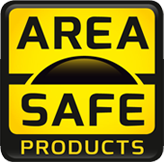
 Speed of Service
Speed of Service Easy Systems
Easy Systems Product Designs & Developers
Product Designs & Developers Car Park Protection
Car Park Protection 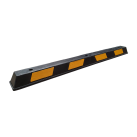
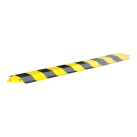


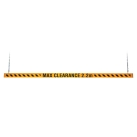
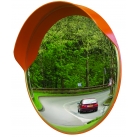
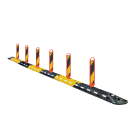
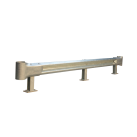
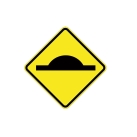
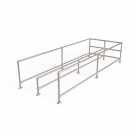
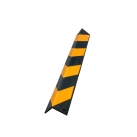
 Industrial Safety
Industrial Safety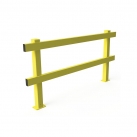
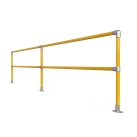


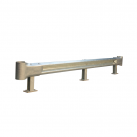
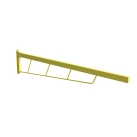
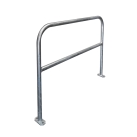
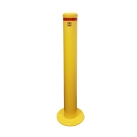
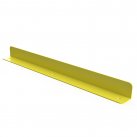

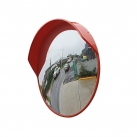
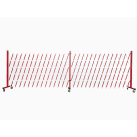
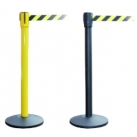
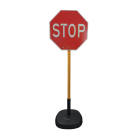
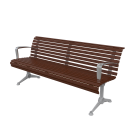 Urban Furniture
Urban Furniture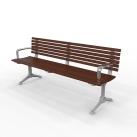
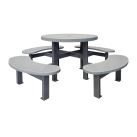
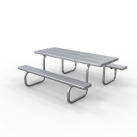

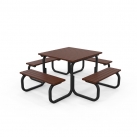
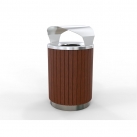
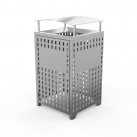

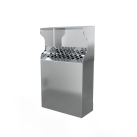
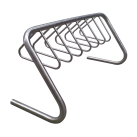
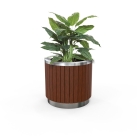
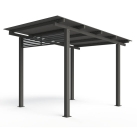
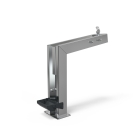
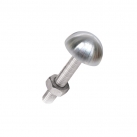
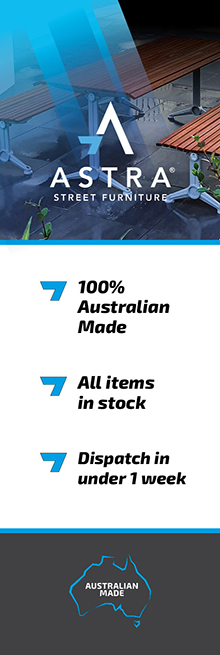
 Pedestrian Barriers
Pedestrian Barriers
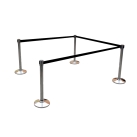

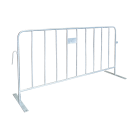

 Matting, Ramps & Tactiles
Matting, Ramps & Tactiles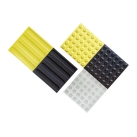
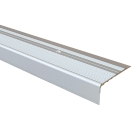
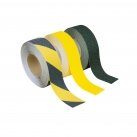
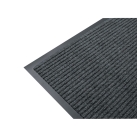
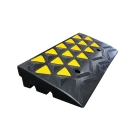
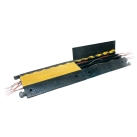
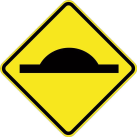 Signage & Safety
Signage & Safety 